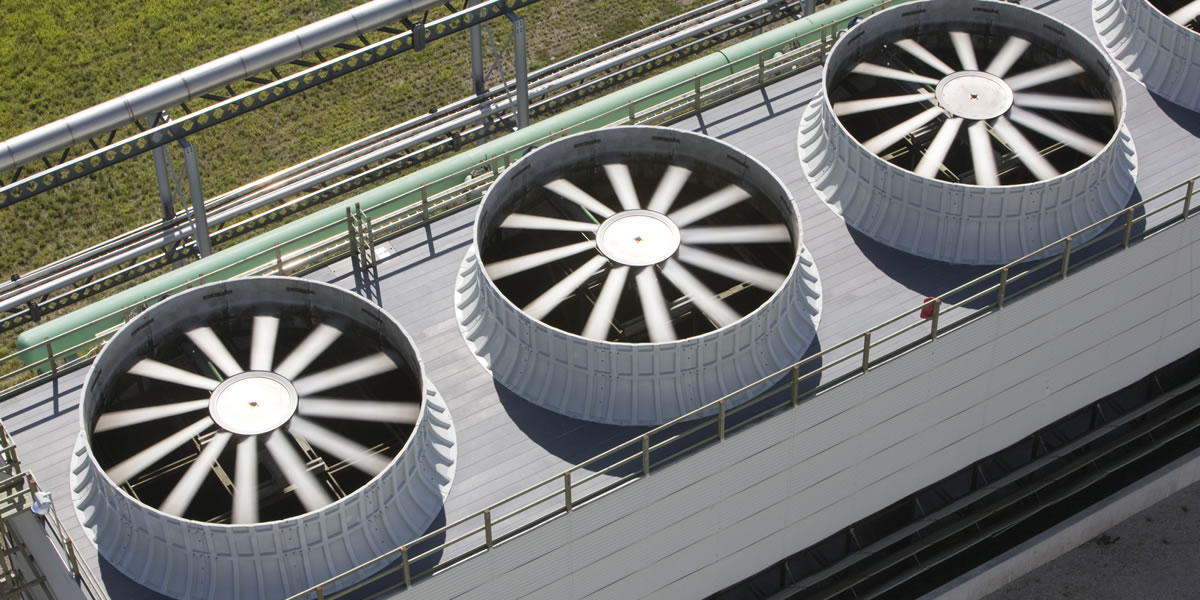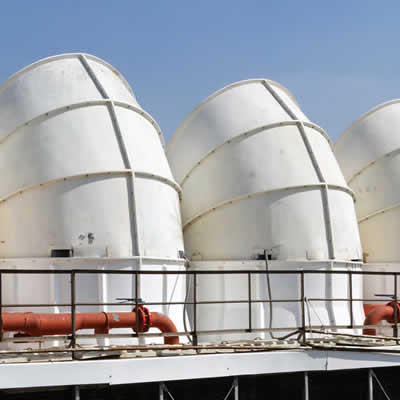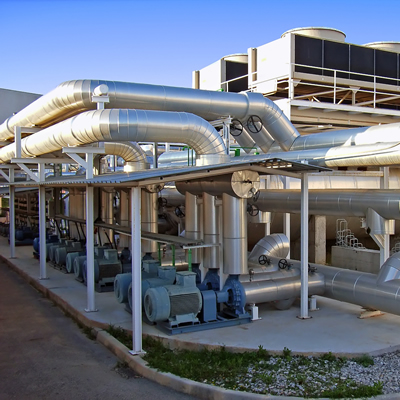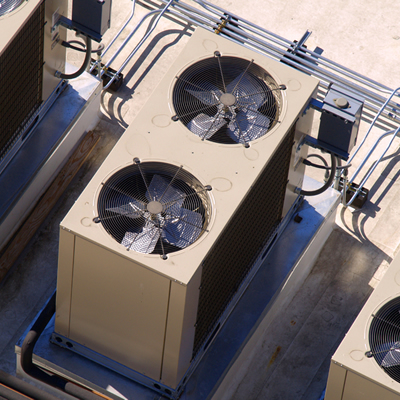The growth in the global compressor market for Heating, Ventilation and Air Conditioning (HVAC) is creating demand for features, such as those in Motortronic’s range of soft starters, that make automatic adjustments to the motor/compressor to deliver benefits from reduced current levels and torsional effects that are placed upon the compression and electrical system.
The 'Automatic Pedestal' feature controls the start ramp to the breakaway torque of the load and automatically raises the voltage until the compressor and load begins to pull away.
Operational cost savings
Compressors typical cycle of operation is 70% loaded and 30% off-load. Due to this cyclic loading, Motortronics™ soft starters can offer operators significant opportunities to save energy and reduced OPEX costs.
Compressor starting and running
Rotary screw, rotary vane and scroll compressors have very little inertia and call for a relatively easy start when used in relation with a soft starter and will be up to speed within a few seconds.
Smaller reciprocating compressors experience a relatively easy start when controlled by soft starters and are up to speed in seconds due to there being only a small level of inertia. In some situations, they require more torque to breakaway especially when the pistons are stopped at the top dead center.
Obviously, larger reciprocating (≥400kW) and centrifugal compressors require more inertia and therefore take marginally longer to accelerate up to full speed, and require a soft starter with trip Class 20.
Most compressor systems are equipped with a pressure equalization system and therefore the pressure is equalized for each start where the motor is not starting against a load, this requires soft starter to have a trip Class 10. If there is pressure still present in the system the motor will have to delivery more torque and will need a higher pedestal voltage and typically trip Class 20.
Use of variable speed drives (VFD) for control of compressor sets is common, however, running compressor sets below base speed can cause increased mechanical and electrical effects due to increase of motor slip losses and distorted VFD waveform and can decrease conventional three phase induction motor efficiency by up to 20% depending on the frequency and VFD type.
Intuitive adjustments
Motortronics™ innovative and intelligent automatic capability make intuitive adjustments to meet the needs of each motor/compressor type to reduce current levels and torsional effects which are otherwise placed upon the system. Varying loads can occur on compressors sets during the starting sequence and the 'Automatic Pedestal' feature will start the ramp from the actual breakaway torque of the load by automatically raising the voltage until the motor and load begins to pull away.
Energy optimizing
Once a motor/compressor starting cycle is complete the overall operating efficiency becomes of a major interest to the operator. At full load or near full load a typical three phase induction motor is relatively efficient achieving efficiencies in the region of 85-95%. Although, the motor/compressors efficiency falls dramatically when the load is reduced to ≤50% of rated output. Very few applications constantly run at the fully rated state; the clear majority operate at much lower loads due to either over sizing or natural load variations, such as damper and vane controlled fan applications.
At lighter loads and mains voltage, induction motors always have excess magnetic flux which gives rise to lower efficiency and power factor (pF). By detecting the load at any instant and adjusting the motor terminal voltage accordingly, it is possible to save some of the excitation energy and load loss, and improve motor pF.
To achieve optimization, we need to continually monitor the motor to improve the part load efficiency by reducing the degree of over fluxing of the stator to improve the part load pF of the motor.
By reducing the over fluxing of the motor, the power factor is maintained at the optimum value for each required load condition to reduce the reactive kVA, and deliver a significant reduction in the kVA demand with the input kW potentially reduced.
Management of the power factor does not affect motor overall performance and does not detract from the motor’s capability to respond to changes in load demand.
The control is a purely electrical function which has the effect of ensuring that the motor/compressor always deliver the torque required, but only allows the system to draw the precise amount of magnetizing current required to support that torque output, without this feature the motor would draw the maximum magnetizing current regardless of load.
iERS
In field energy optimization opportunities are significantly advanced by the development of Motortronics™ iERS - Intelligent Energy Recovery System.
iERS will intelligently detect when the system can offer any energy saving opportunities and when no optimization can be achieved, the system passively sits in the background monitoring the running phase and intuitively selects when to engage or not.
When no benefits are to be realized the unit will energize the bypass relays. If the application load falls to an appropriate level where there are benefits of saving energy, iERS will de-energize the bypass relays and enter the energy optimizing sequence.
This will deliver the maximum saving on cyclic loading applications such as pump jacks, injection moulding machines, mixers, saws, rolling mills, crushers, conveyors and compressors.




